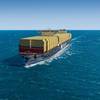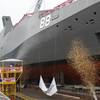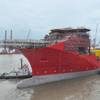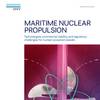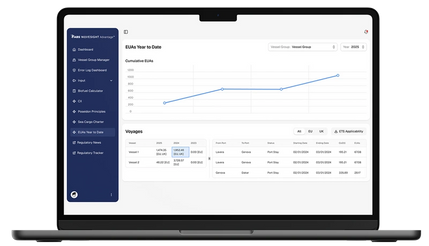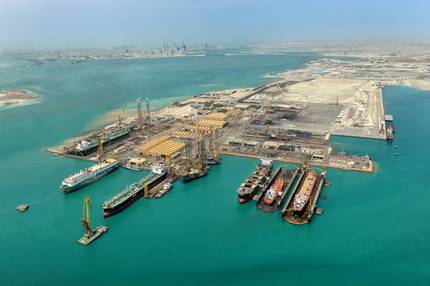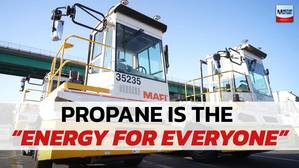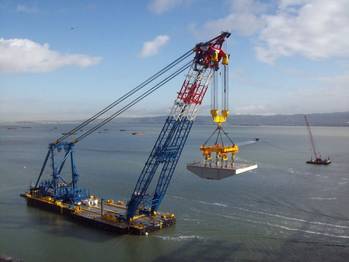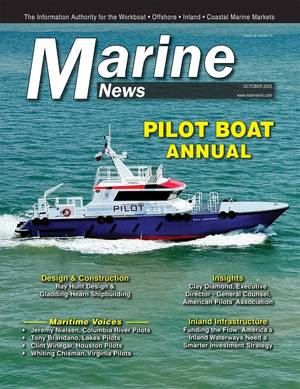Safeguarding Security on Nuclear-Powered Ships
No civilian maritime nuclear facilities have been commissioned in over four decades, but there’s been three major reports released this month on their future potential.
DNV’s latest report, Maritime nuclear propulsion: Technologies, commercial viability, and regulatory challenges for nuclear-powered vessels, provides a regulatory perspective on security, one of the key challenges for future adoption. As it says: Safety, security and non-proliferation remain paramount. Future installations must be designed to withstand collisions, groundings, and external threats such as sabotage or piracy. Remote monitoring and advanced communication capabilities will be essential, along with rigorous cybersecurity measures.
The report states that reactor compartments should be restricted as much as possible, aligning with designs that support remote monitoring and, potentially, the application of some autonomous functions. “In any case, due to their inherent mobility, any nuclear maritime installation should also require a high level of remote monitoring, fulfilling broad obligations for communication capabilities, as well as high levels of cybersecurity requirements to meet general emergency preparedness requirements.”
All nuclear material, including any type of nuclear fuel, is subject to continuous oversight under the safeguards system administered by the International Atomic Energy Agency, due to the risk of proliferation, says DNV. Any nuclear fuel present, on land or in a vessel, constitutes a significant security risk, with oversight of this being the responsibility of the national regulator. Safety dimensions, such as the risk of release and radiation exposure, are also the responsibility of the national regulator, together with any emergency preparedness measures needed at yards and in ports.
Lloyd’s Register’s Navigating Nuclear Energy in Maritime details what would be required for physical and cyber protection systems, as well as insider threat mitigation. The measures taken will have to manage the risks of sabotage, theft, unauthorized access, and unauthorized diversion of materials.
Physical protections include using multiple layers of barriers, personnel, and systems to deter, detect, delay and potentially defeat threats, ideally without needing a permanent armed presence.
Cyber protection must cover the IT and OT systems that are critical to the safe and secure operation of the nuclear plant. This will involve deploying resilient communication encryption and multi-factor authentication protocols, and establishing cyber incident response teams.
Insider threat mitigation will involve establishing a comprehensive personnel vetting processes for individuals requiring access to sensitive locations and information, behavioral monitoring to detect anomalies indicative of insider threats, and reinforcing a strong security culture through regular training and awareness campaigns.
The MIT Maritime Consortium’s Nuclear Ship Safety Handbook describes how a “take-home” system may be used in cases where nuclear ships need to enter port under non-nuclear power. The take-home motor design could also be used in the case of sabotage by a bad actor.
Unlike traditional take-home systems, nuclear take-home systems may have more extensive requirements due to travel requirements from accident conditions to approved ports. They must have sufficient power to permit the ship to operate safely in port and to maintain steerageway in sea conditions corresponding to a wind force of Beaufort 6 approaching the ship on the beam, with the ship in any normal condition of loading.
Additionally, a cold start of the emergency propulsion system should be fast enough to adequately respond to a potentially hazardous situation, which would likely be around 2 minutes.
So, as Lloyd’s Register says, integrating advanced reactor designs into marine settings will require stakeholder collaboration, including comprehensive integrated safety cases that address the unique operational risks.





